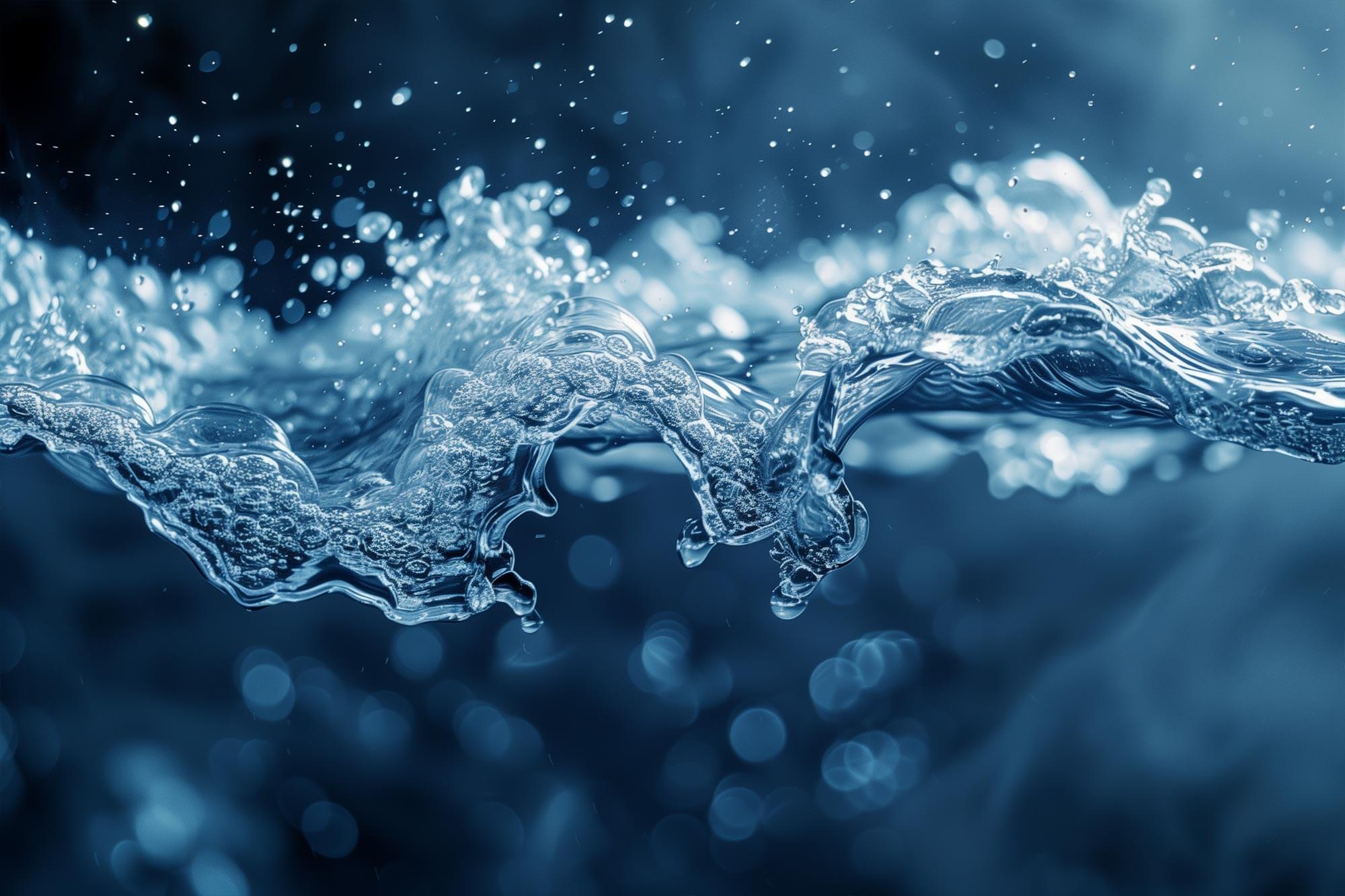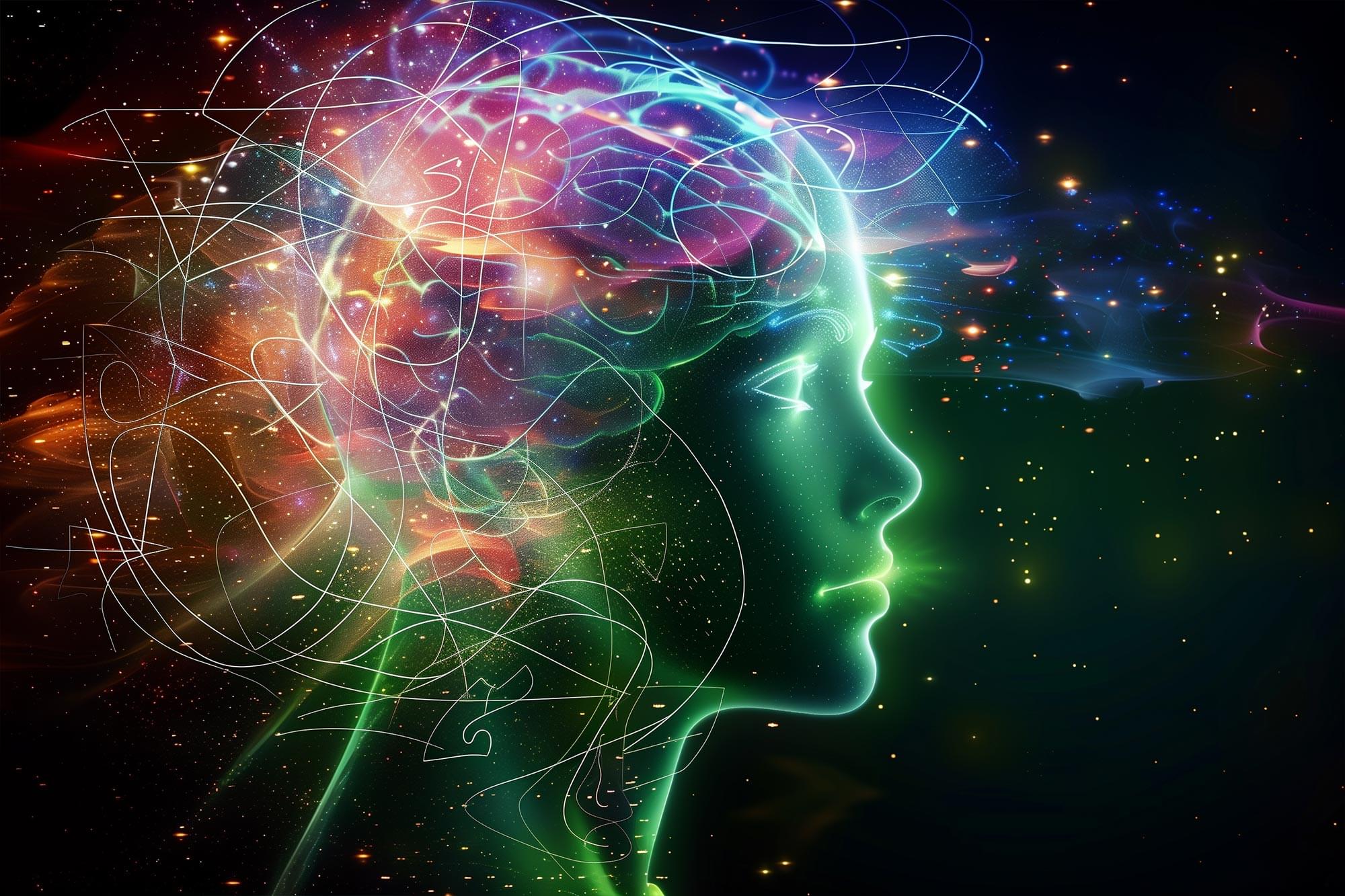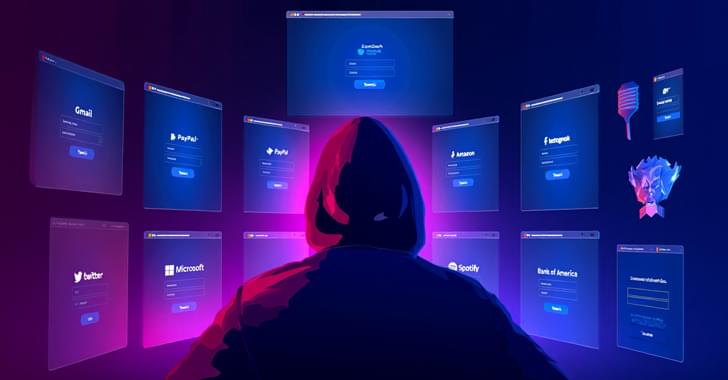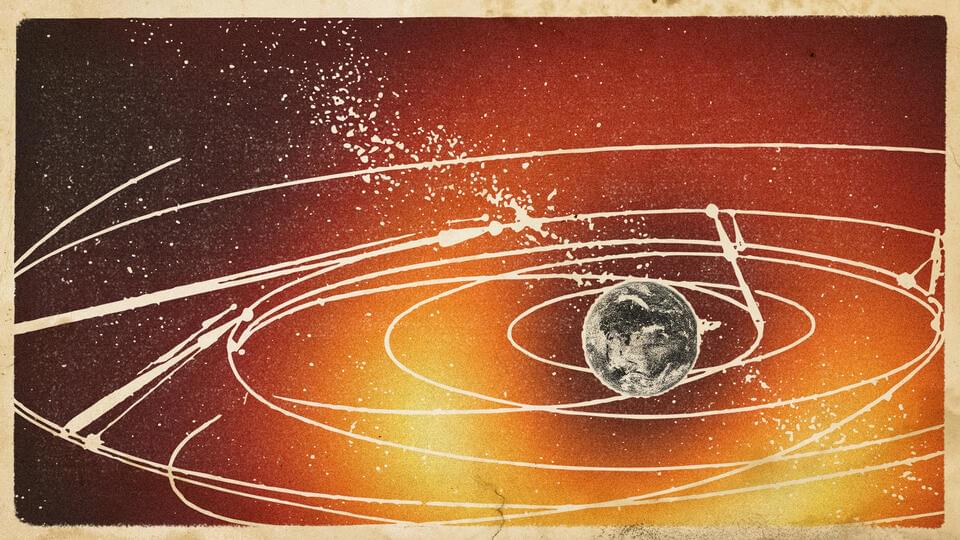The Mpemba effect, whereby hotter systems can cool faster than cooler ones under identical conditions, was first noted by Aristotle over 2,000 years ago. It was rediscovered in 1963 by Tanzanian student Erasto Mpemba, who observed the phenomenon while making ice cream during a school cooking class. Mpemba later co-authored a scientific paper with British physicist Denis Osborne, documenting the effect in water.
Following their work, researchers have found that the Mpemba effect is not limited to water or simple liquids. It has been observed in a wide range of physical systems, including microscopic ones. However, a major challenge remains: detecting the Mpemba effect depends critically on the choice of a distance measure used to track how far a system is from equilibrium.
Because there are infinitely many possible distance measures, an effect seen using one measure may not appear within any finite time using another. Traditional approaches often evaluate relaxation speed, the rate at which a system returns to equilibrium after a temperature change, using a single, monotonic measure. But this can yield inconsistent or misleading results.









